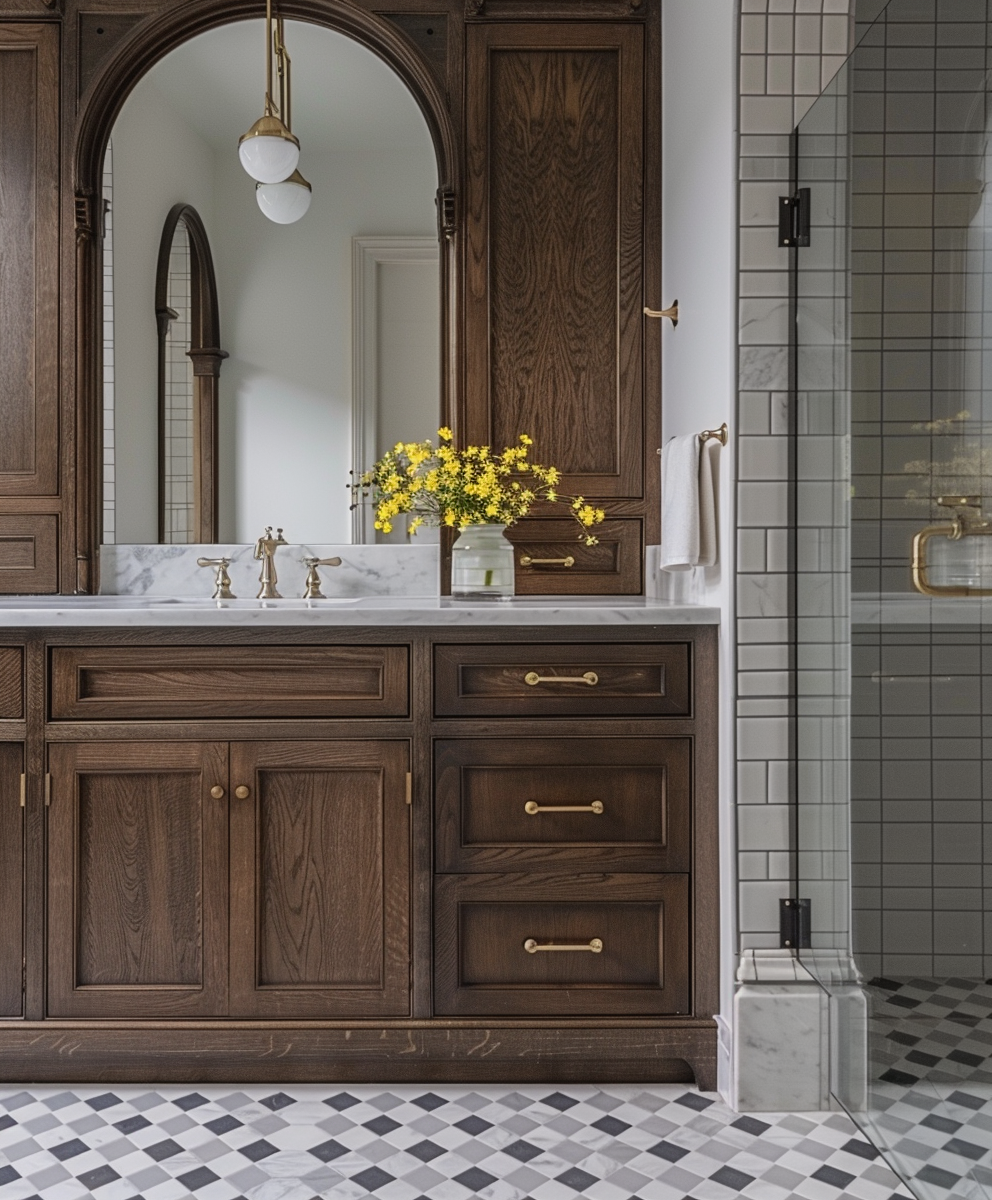
Designing dark and moody interiors involves more than just choosing a dark color to paint your walls. When executed well, it can create a sophisticated, cozy, and dramatic space. This aesthetic is perfect for those who wish to evoke an intimate atmosphere within their home. Here’s how you can achieve this look:
1. Choose the Right Color Palette
To create a dark and moody space, the color palette should include deep, rich hues. Think beyond just the basics. Charcoal, burgundy or deep green, any colors with a muted tone, can all serve as captivating base colors for your walls and large furniture pieces. These colors create depth and add a sense of mystery to the space. For balance, incorporate lighter or contrasting hues in accessories or as accent colors to add dimension and prevent the room from feeling too enclosed.
2. Vary the Lighting
Lighting plays a key role in creating a moody atmosphere. Opt for layered lighting that allows you to control the ambiance of the room. Use dimmable overhead lights combined with floor lamps, table lamps, and wall sconces to add warmth and depth. Choosing bulbs with a warmer color temperature can also enhance the moody aesthetic. Don’t forget about the power of candles and fireplaces to add a soft, flickering light that enhances the room’s intimate feel.
3. Incorporate Luxurious Textures
Textures add complexity and interest to a dark space. Mix materials such as velvet, leather, wool, and metallic finishes to create a tactile experience. Rich, plush fabrics can make the space feel inviting, while smooth, glossy surfaces can add a touch of sophistication. Textured wallpapers or wall hangings can also introduce an additional layer of depth.
4. Select the Right Furnishings
Choose furniture that complements the dark and moody theme. Look for pieces with rich, dark woods or matte black finishes. Furniture should feel substantial and comfortable, inviting you to sink in. Vintage or antique pieces can add character and a sense of history to the room, enhancing the overall mood.
5. Use Decor to Add Personality
Decorative elements are crucial in a dark and moody interior. Artwork, sculptures, and decorative objects should reflect the overall aesthetic—think abstract paintings with deep colors, dramatic black and white photography, or sculptures in dark materials. Layering rugs, throwing in some plush pillows, and draping soft blankets can add warmth and comfort.
6. Play with Patterns
Incorporating patterns can break up the monotony of dark colors. Choose patterns that complement the room’s overall theme without overwhelming it. Subtle geometric patterns, floral designs with dark backgrounds, or textured wallpapers can add interest and depth to the space without detracting from the moody atmosphere.
7. Consider the Room’s Purpose
When designing a dark and moody interior, consider how the room will be used. A living room or bedroom can benefit greatly from this aesthetic, providing a cozy retreat. In spaces like kitchens or home offices, incorporate dark elements more sparingly to maintain functionality and ensure there’s sufficient light.
Achieving a dark and moody interior is about balancing darkness with layers of light, texture, and decorative elements to create a space that feels both intimate and dramatic. With careful planning and an eye for detail, you can create a deeply personal space that invites relaxation and contemplation.
comments +